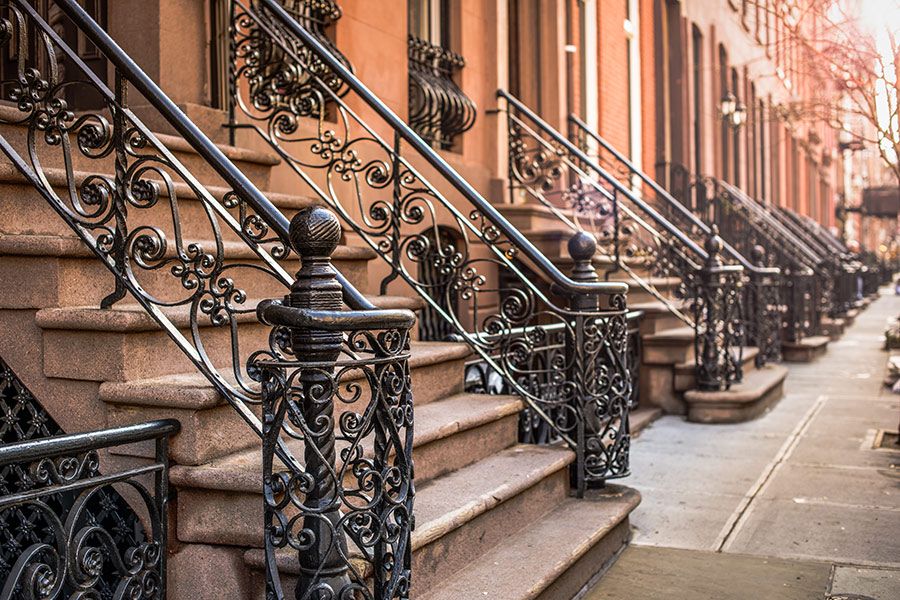 Being a responsible adult means making sure loved ones who depend on you are financially safeguarded if you unexpectedly leave them behind. The way you provide that protection is with life insurance.
Being a responsible adult means making sure loved ones who depend on you are financially safeguarded if you unexpectedly leave them behind. The way you provide that protection is with life insurance.
But three out of 10 Americans don’t feel they have enough life insurance coverage.
Twenty-somethings won’t buy life insurance because they feel invincible. At the other end of the spectrum, folks 50 or older have a hard time buying coverage, either because it’s become more expensive or they have a hard time qualifying, medically.
The real “sweet spot” for buying coverage is in your 30s or 40s, when you qualify for good rates.
However, a New York Life survey found that the gap between the life insurance Americans have and the coverage they need increased 11 percent in six years.
Is your life insurance lacking? Probably, and here are seven reasons why.
While health insurance is a common employee benefit, it’s not unusual to get life insurance at work, too.
The U.S. Bureau of Labor Statistics reports that three-quarters of full-time civilian workers are offered life insurance by their employers. The overwhelming majority of them take advantage of the benefit.
However, that work coverage usually isn’t adequate.
Most employers give employees coverage equal to one to two times their annual salaries. While this might be enough for someone who is single with no dependents, if you have a mortgage, young children or a nonworking spouse, you’ll need more than that.
A common rule of thumb is that life insurance should provide seven to 10 times the insured person’s annual salary.
But that’s just a starting point. From there, you need to get a full financial picture so you can dial in the right amount of coverage.
There are a variety of factors, including a client’s income, assets, liabilities and — perhaps most difficult to predict — plans for the future, such as for having additional children, or for retirement.
If you think you can’t afford life insurance, you might be wrong. A study found that 80 percent of consumers have the wrong idea about what life insurance costs. Millennials, for example, believe life insurance policies are more than three times more expensive than they actually are.
In fact, premiums for life insurance are typically lower than for other forms of insurance and are often less expensive than monthly bills for cable or cellphones.
A large majority of term policies written have premiums of under $100 per month, and for some people it’s even possible to buy adequate coverage for under $50 a month.
Of course, the prices do vary based on age, gender and health factors.
Like just about any financial product, life insurance comes with some jargon. But it’s all fairly straightforward.
Broadly speaking, there are two types of life insurance:
-
Permanent, which is meant to cover your entire life.
-
Term, which lasts for a limited number of years.
Most people will end up buying term life insurance because the monthly premiums are substantially less.
Think of it like renting a house versus buying a house. With term insurance, you are covered for a set amount of time, much like if you were renting. After your term ends, you are no longer covered.
Permanent life insurance, on the other hand, is for those with a lifelong need for insurance. Like buying a house, as long as you continue to pay the mortgage (or the policy premiums, in the case of life insurance), the home, or policy, is yours.
Deciding which product is right for you can present some challenges, but a reputable professional should be able to walk you through the details.
While it’s easy to put off buying life insurance, the longer you wait, the more you’ll spend.
Up until age 40, coverage only goes up by a little bit every year. Once you hit 40, the increases become more noticeable, and by 50 they become even more pronounced.
A 20-year term policy with a $250,000 death benefit might cost $13 a month for a healthy man who’s 25. But that same policy purchased by a healthy man who’s 50 would cost $43 dollars a month.
The older you are, the more expensive the premiums. Think about it this way: It is highly unlikely that a person would be healthier at age 40, 50 or 60 than they were at age 30.
But that doesn’t mean you should buy coverage just because you’re young. The key is for young people to lock in coverage when they need it.
Protecting the home and family are often the key drivers behind a life insurance purchase.
Homeowners often need coverage to spare family members from the financial burden.
This could mean making sure there’s enough coverage to pay off the mortgage, even if the survivors ultimately decide not to use the money for that purpose.
But while life insurance protection for the home may be seen as optional, providing for children is a different story.
For parents, the need is much greater and less debatable. If a parent passes away, their children still need food, clothing and shelter. If the deceased parent’s income was also the funding source for college saving, replacing this should be considered, as well.
Even a parent who’s not the family breadwinner should consider life insurance.
Replacing the care a stay-at-home parent provides can be expensive, and life insurance can be a great source of these funds if the unexpected happens.
Life insurance is designed, in part, to cover debts you leave behind. Should that include student loans, so they won’t fall to your survivors? That depends on your lender.
If you have a federal student loan, that debt is dischargeable when you die. So a surviving family member can request to have that loan discharged. The key is that the debt is dischargeable, not automatically discharged. That is an important distinction.
Private lenders are another matter.
While one company’s policy may be to automatically discharge the debt, another company might assign it to a surviving spouse, parent or co-signer. Worse, the loan contract might include an acceleration clause that brings the entire balance due at death.
Insuring against those outcomes is relatively easy and inexpensive. You need to factor your student loan into your liabilities when determining how much life insurance you need.
Nobody likes to think about aging and mortality, but as we advance into adulthood it’s time to face reality.
Sometimes, getting someone in their 20s or 30s to talk about life insurance is like trying to hold onto a fish — they squirm the whole time. No one wants to talk about life insurance or dying.
Younger clients tend to put off purchasing life insurance because they see it as optional — something they might not need just yet, or something that might not be worth the cost. Steele has a word for that logic: immature.
Life insurance isn’t supposed to be about you. It’s about taking care of your responsibilities and your loved ones. You’re not a kid anymore. Your parents aren’t going to take care of this for you. You need to accept the responsibility as an adult and take care of your loved ones because no one else in the world will.”
September is Life Insurance month, make sure you're covered. Contact Lallis & Higgins Insurance.
bankrate.com











